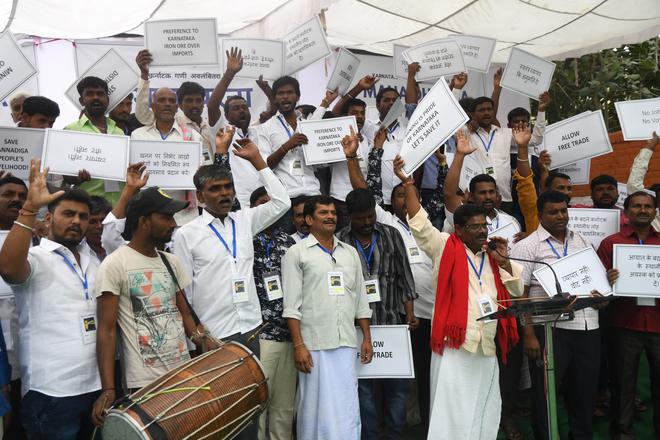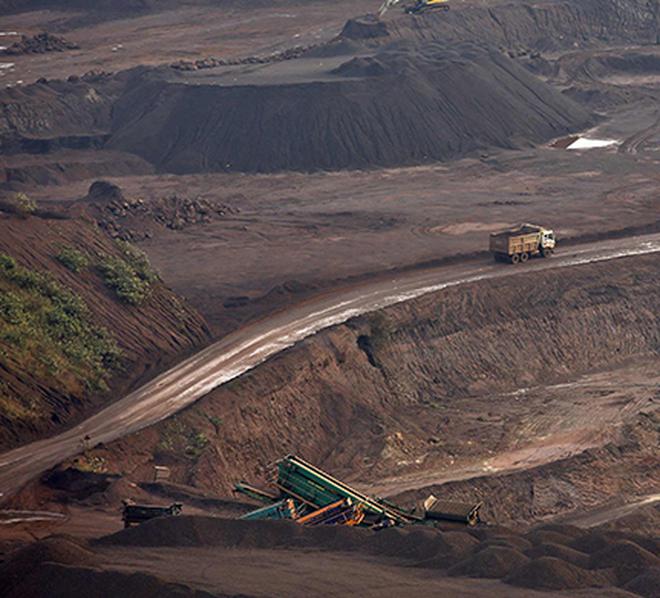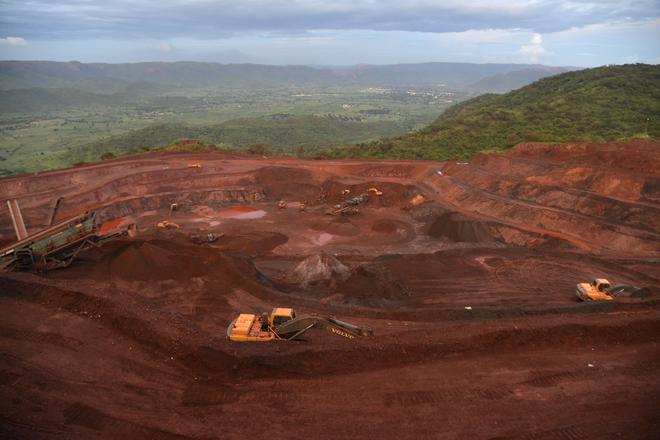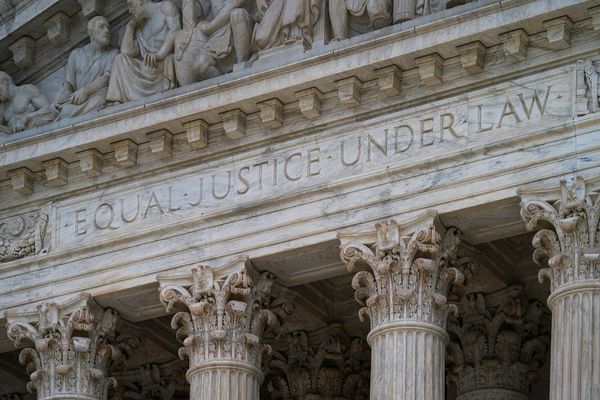
The story so far: On August 26, 2022, the Supreme Court raised the ceiling limit of iron ore mining for Ballari (from 28 MMT to 35 MMT), Chitradurga and Tumakuru districts (from 7 MMT to 15 MMT collectively) in Karnataka, saying conservation of the ecology and environment must go hand in hand with the spirit of economic development.
Earlier, on May 20, 2022, the apex court had relaxed the ban on sale outside the state and export of already excavated iron ore from mines in these three districts. It also allowed mine lessees to enter into direct contracts, without taking recourse to electronic auctions.
Ten years after it clamped down on production and sale of iron ore in Karnataka, why has the Court relaxed its own orders? What does this mean for mining operations in the state?
Background
Karnataka’s mining story is closely linked to the notorious Reddy brothers of Ballari. In 2002, Gali Janardhan Reddy incorporated the Obulapuram Mining Company (OMC) in Andhra Pradesh’s Anantapur district. Eight years later, in 2010, it was shut down by the Supreme Court, after a Central Bureau of Investigation (CBI) probe was initiated against Reddy in 2009 for illegal mining. The unprecedented illegal mining left in its wake a plunder of public wealth, massive losses to the exchequer, encroached forest land, a ravaged environment and large-scale health issues among the local population.
The two Lokayukta Reports of 2008 and 2011 exposed over 700 government officials, including three chief ministers in the illegal mining scandal laying bare the nexus between the political class and the mining and steel industries. The second report led to the resignation of BJP leader B S Yediyurappa. After the Supreme Court-appointed Central Empowered Committee (CEC) report brought to light accounts of rampant violations in mining, the apex court passed an order on September 23, 2011 to stop mining operations in Ballari.
Furthermore, the SC banned export of iron ore pellets from Karnataka with an aim to prevent environmental degradation and to ensure that the mineral resources of the state are preserved for future generations as part of the concept of inter-generational equity. It then fixed maximum permissible annual production limit at 35 MMT for A and B category mines.
What were the Court’s directions?
After it banned mining in Ballari in 2011, the Supreme Court directed the Indian Council of Forestry Research and Education (ICFRE) to draw up a reclamation and rehabilitation (R&R) plan to reverse the environmental damage caused by illegal mining. It also directed the state government to undertake the creation of core zones and buffer zones for the protection of “ancient monuments”.
A year later, in September 2012, the SC allowed 18 “category A” mines to resume operations. Mines were categorised into A, B and C depending on the extent of illegalities committed by them. A category mines are “leases wherein no illegality/marginal illegality have been found”. Mines with more serious infractions fall into B and C categories, based on their respective offences. Once the mines were allowed to restart, the ore was sold through e-auctions.

How does e-auction work?
An e-auction is considered a transparent, tamper-proof process in which, after the completion of every bid, a three-member monitoring committee — appointed by the Supreme Court — publishes a document that lists the details of the quality of iron ore, the mine that it belongs to, number of bidders for it and the final takers. The monitoring committee is appointed by the SC.
Each potential bidder must register as a buyer for a fee of ₹10,000 on an online portal designed by MSTC Limited (a PSU and a subsidiary of Steel Authority Of India). Once registered, the buyer can see forthcoming auctions on which they can bid. Each seller specifies the quality of ore that will go under the hammer, its type and the floor price from which the bidding should start. The sellers are those who have legal iron ore mines and buyers are typically steel manufacturers.
Why has the issue resurfaced?
In May this year, The Federation of Indian Mineral Industries, Southern Chapter — which includes Vedanta Limited — had asked the SC to scrap e-auction norms in the export or sale of iron ore for mining lessees in the districts of Ballari, Tumakuru and Chitradurga.
The mining firms claimed that they were facing closure due to their stocks not getting sold as steel plants and other related industries were not willing to purchase in the e-auction or above the prevailing market price. Consecutive e-auctions conducted by the Monitoring Committee had also received a poor response, and the sale of iron ore even at the reserve price was dismally low. Moreover, while buyers could freely purchase from outside Karnataka, sellers could not do the same, leading to a stagnating stockpile.
This application by mining firms was supported by the Union ministries of Steel and Mines. The CEC, which had earlier favoured the ban, also gave in to rescue the choking mining industry. It added that the demand and supply and price of iron ore are best left to be determined by market forces.
What is the stand of Karnataka government?
As opposed to 2017, when Karnataka was in support of a gradual increase in the ceiling limit, the Basavaraj Bommai-led government has changed its stance and is now in favour of a complete removal of the ceiling limit. However, it has opposed lifting of the decade-old ban on export of iron ore from the state. It argued that the rising domestic demand of steel requires proportionate iron ore quantity and added that unregulated exports would lead to numerous problems.
What did the Supreme Court rule?
Through two orders passed this year in May and August, the Supreme Court permitted resumption of exports of already excavated iron ore from the state through modes other than e-auction, and also increased the ceiling limit on mining.
The court ruled that it was necessary to create a level playing field for the mines situated in the three districts with others in the rest of the country. Taking cognisance of the the course correction by the government and the “regeneration post the ruinous damage caused to the environment”, it relaxed its 2011 order on the manner of conducting the sale of iron ore and fixation of the sale price since the situation had now “changed for the better”.
However, despite the CEC, the state, the Ministry of Steel, Karnataka Iron and Steel Manufacturers Association, and mining lease holders “ad idem” (in agreement) backing a complete removal of ceiling limits, the Court has for now reserved its judgement on that question.
What do the original petitioners say?

The original petitioner, NGO Samaj Parivartan Samudaya led by activist S R Hiremath, has opposed any exports on the grounds that minerals are national assets that need to be preserved and only finished steel should be exported. It also holds that exports should not be allowed as there is no surplus of iron ore and removal of the ban could lead to over-excavation.
SPS, Citizens For Democracy (CFD) and other organisations have also supported the Supreme Court’s order rejecting the CEC recommendations on entirely removing the ceiling limit on iron ore mining in Karnataka.
Timeline of SC orders on the production of iron ore
2011: On July 29 and August 26, the Supreme Court had imposed a ban on mining in Ballari, Chitradurga and Tumakuru based on the report of the Centrally Empowered Committee (CEC).
2017: In December, the Supreme Court permitted increase of the ceiling cap from 25 MMT to 28 MMT in Ballari district and from 5 MMT to 7 MMT for Chitradurga and Tumkur districts collectively, based on a July 14 report of the CEC.
2022: On May 20, the Supreme Court permitted inter-state sales and export of already excavated iron ore from mines in Ballari, Chitradurga, and Tumakuru by enter into direct contracts, without opting for e-auction. On August 26, the Supreme Court raised the ceiling limit of iron ore mining from 28 MMT to 35 MMT for Ballari district, and from 7 MMT to 15 MMT for Chitradurga and Tumkur districts.
| Ceiling limit | 2011 | 2017 | 2022 |
| Ballari | 25 MMT | 28 MMT | 35 MMT |
| Chitradurga and Tumakuru | 5 MMT | 7 MMT | 15 MMT |
| Total | 30 MMT | 35 MMT | 50 MMT |
What are the implications?
India’s efforts to clean up illegal mining and export of iron ore, left steel producers in the lurch after 2011. With closure of mines, steel mills faced raw material shortages, forcing them to import from outside India, thereby opening up the country to business for global iron ore giants.
India exports mostly low-grade ore, mainly to China. Resuming exports in Karnataka would lower supplies to the local market and benefit Chinese steelmakers, the Indian Steel Association has said.
The restrictions on production, e-auction and prices had also affected lakhs of mining dependants in Karnataka making their livelihood uncertain. The Court order may offer them some respite.







